From the analysis mentioned above (in Part 1) on the shortcomings and bottlenecks of the tax system, the burden of "tax on tax", high compliance costs, etc., Professor, Dr. Hoang Van Cuong - former Vice President of the National Economics University, National Assembly Delegate of the 15th term, Member of the National Assembly's Finance and Budget Committee, believes that it is time for a comprehensive tax reform, starting not from numbers, but from thinking. So what do we need to do?
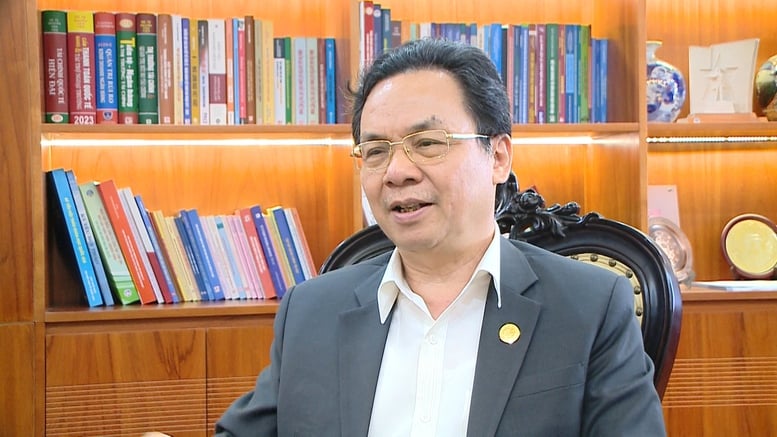
Professor Hoang Van Cuong proposed a 3-layer model - with the core principles of clarity, simplicity and practicality including delimitation, simplification and digitalization - Photo: VGP/Quang Thuong
Need a major overhaul of both hardware and software
What does an ideal tax system look like? Professor Hoang Van Cuong proposed a 3-layer model – with the core principles of clarity, simplicity, ease of implementation, ease of monitoring and supervision, transparency and practicality, including delimitation, simplification and digitalization.
Firstly, taxes regulating behavior must be separated from taxes on obligations. It is necessary to clearly distinguish which taxes are used to limit behavior (special consumption tax, environmental tax), and which taxes are used to ensure citizens' obligations (VAT, income tax). Each tax must clearly define its objectives and scope of application, avoiding overlapping regulations on the same subject.
Second, flexible collection mechanism – many options, one goal. A tax can have many calculation methods to suit different business groups. For example, small businesses can apply lump-sum tax, while large businesses apply detailed declaration. The goal is to optimize compliance costs, not to "uniformize" tax payment methods.
Third, complete digitalization – from obligation to utility. Professor Cuong emphasized that, if done correctly, the tax technology system will not only be a management tool, but also a tool to help businesses manage. He gave an example, in Estonia, 95% of small businesses can pay taxes themselves thanks to a comprehensive digital platform – saving millions of dollars in social costs each year.
In general, if we consider taxes as the "blood vessels" of the economy, then the three pillars above are the essential circulatory functions, helping the tax system truly become a driving force for development rather than a burden. The question is: in practice, how much of that expectation has our tax system met?
Professor Hoang Van Cuong pointed out that in order to reform the tax system, it is necessary to first review the current structure and operation. He emphasized that the tax system is made up of two main elements: (1) taxes and the mechanism for determining them; (2) the apparatus for managing and enforcing those taxes.
The "major surgery" must simultaneously affect both the "hardware" (policies, taxes) and the "software" (how it operates). From that perspective, he outlined the core principles, the pillars that a modern tax system must meet.
According to Professor Cuong, an effective tax system must ensure three basic functions.
First, create a sustainable source of revenue for the budget. The first and most important function of taxes is to mobilize revenue for the state budget. In the general trend in the world, the proportion of budget revenue based on taxes and fees is increasingly large, so the tax system needs to be designed to nurture long-term revenue sources instead of exploiting temporary revenue.
Second, ensuring fairness and economic regulation. Tax must be a macro-regulatory tool, encouraging efficient activities and sanctioning inefficient activities. Enterprises or taxpayers who operate efficiently will benefit more, while those who operate poorly will be subject to unfavorable adjustments from tax policy. Thanks to that, taxes create a fair competitive environment, encouraging enterprises to improve for better development.
Third, integrating into international practices. A modern tax system must be compatible with international standards, avoiding turning taxes into trade barriers in the context of globalization. Harmonizing tariffs with common practices will help Vietnam attract investment and facilitate trade. However, we need to apply those practices appropriately and creatively to Vietnam's conditions - the tax system must be flexible according to the level of development and goals of each stage, instead of being mechanically stereotyped.
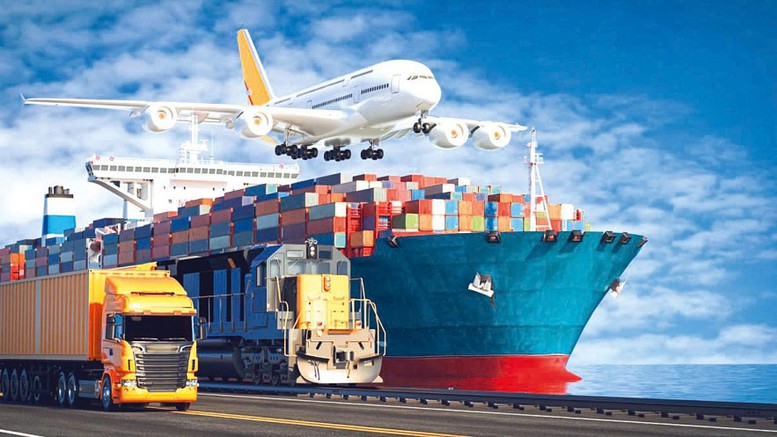
Businesses only thrive when the tax system doesn't suffocate them.
Starting with a change in mindset: Simplifying and digitally transforming the tax system
How can a real tax reform start with a change in thinking? From the case of VAT, Professor Hoang Van Cuong said that it is necessary to simplify regulations on invoices and input documents - that is, to reform the tax deduction and refund process, and to cut unnecessary procedures. At the same time, it is necessary to increase the responsibility of taxpayers: businesses must self-declare and take responsibility, and if they are dishonest, they will be strictly punished, but tax authorities also need to trust more in the self-awareness of people and businesses.
Equally important and an inevitable trend is to promote digital transformation in tax management. A modern information technology system will allow all tax-related transactions to be recorded instantly.
For example, each VAT amount that a business pays at the input will be immediately recorded by the system as an expense (on behalf of consumers) of that business and when the business sells goods, the VAT they collect from customers will be simultaneously recorded as revenue. The reconciliation of tax revenue and expenditure will be done automatically, instead of having to wait for the business to submit documents and then have tax officials approve the refund as is currently the case.
Digital technology will help completely eliminate the need for businesses to "request tax refunds", thereby ending the situation of both tax loss and making it difficult for taxpayers. Prof. Dr. Hoang Van Cuong emphasized that this is " an inevitable task" so that the tax system no longer causes "the troubles it does today".
It can be seen that operational thinking is the key to tax system reform. From the VAT story, the message is: when managers change their thinking and working methods, focusing on simplicity, transparency and fairness, the tax "blood vessels" will circulate healthily, nourishing the entire economy.
The tax revolution must start with a revolution in thinking – only then will we truly have a modern, fair and integrated tax system that meets the requirements of national competitiveness in the new period.
An ideal tax system not only supports the budget, but also needs to play a regulatory and incentive role, adjust behavior, redistribute benefits, and stimulate creativity - investment - production. To do so, it is necessary to comprehensively restructure the tax system - from thinking to operation - towards fairness, flexibility and conformity with international standards.
Each tax policy needs to answer clearly: what does it encourage, what does it hinder? If designed to be transparent, reasonable and easy to comply with, people and businesses will be willing to pay taxes and taxes will become a lever for development. "People are only willing to pay taxes when they see fairness and transparency. Businesses only develop when the tax system does not suffocate them," Professor Cuong emphasized.
Tax reform is not about collecting less or more, but about collecting correctly, sufficiently and conveniently. At that time, tax is not only a fiscal tool, but also the foundation for a country to develop sustainably./.
Hoang Thu Trang
Source: https://baochinhphu.vn/da-den-luc-can-cuoc-cai-cach-ve-thue-bai-2-dua-thue-thanh-don-bay-phat-trien-102250415101447065.htm



![[Photo] Magical moment of double five-colored clouds on Ba Den mountain on the day of the Buddha's relic procession](https://vphoto.vietnam.vn/thumb/1200x675/vietnam/resource/IMAGE/2025/5/9/7a710556965c413397f9e38ac9708d2f)





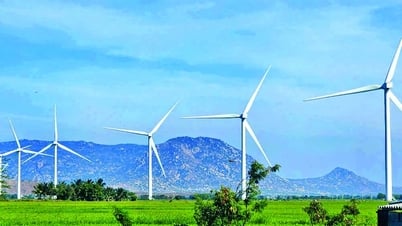

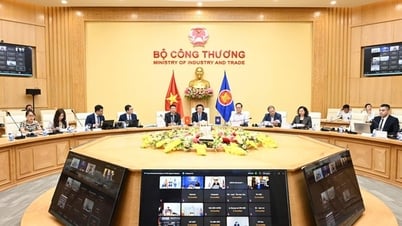

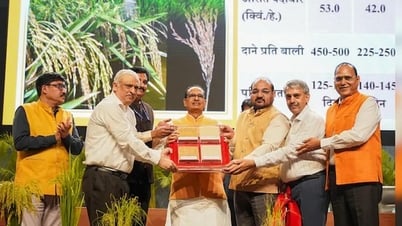




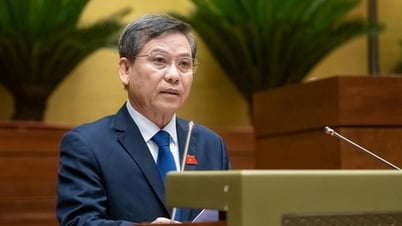

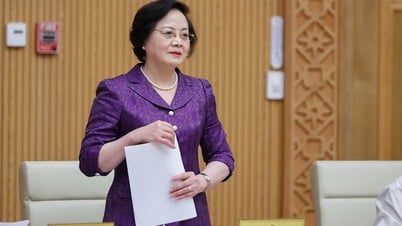
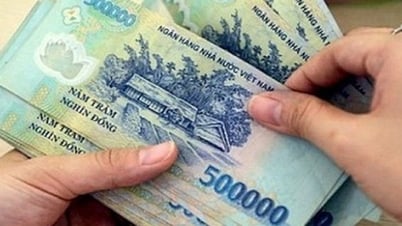

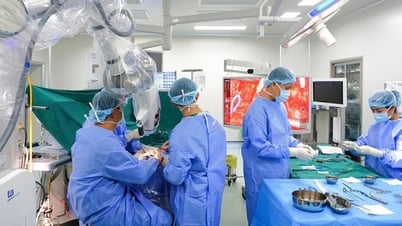

![[Photo] General Secretary To Lam begins official visit to Russia and attends the 80th Anniversary of Victory over Fascism](https://vphoto.vietnam.vn/thumb/1200x675/vietnam/resource/IMAGE/2025/5/8/5d2566d7f67d4a1e9b88bc677831ec9d)

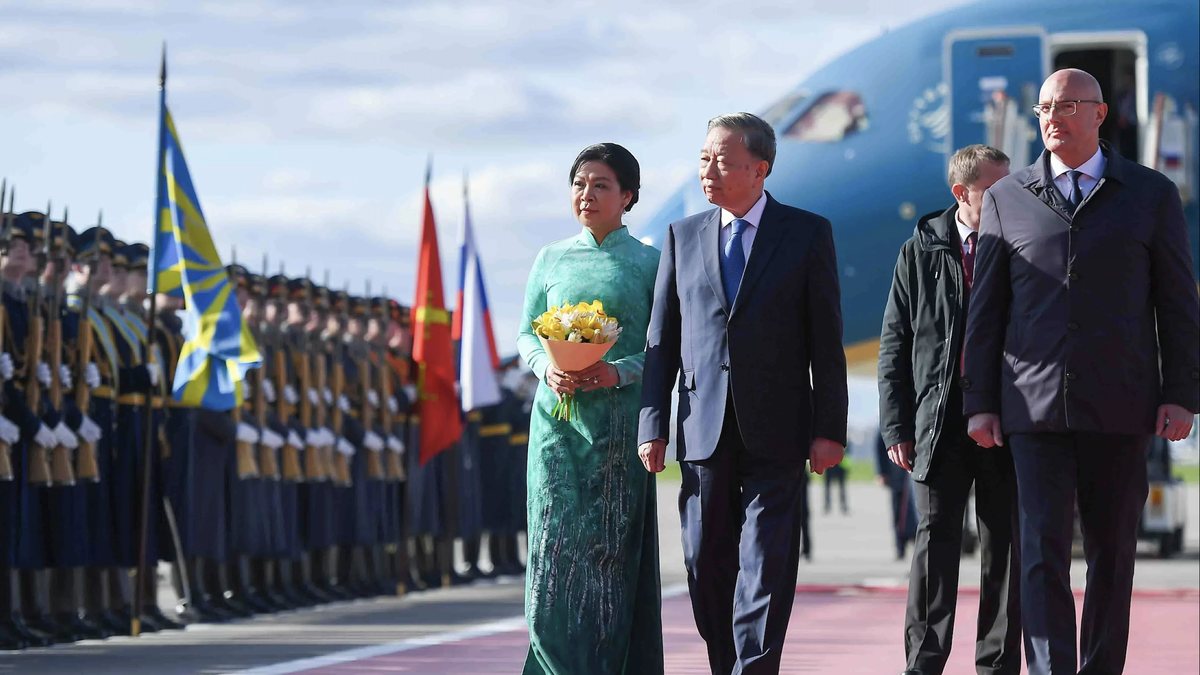






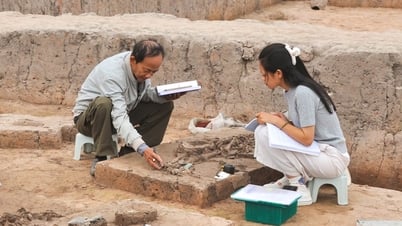






































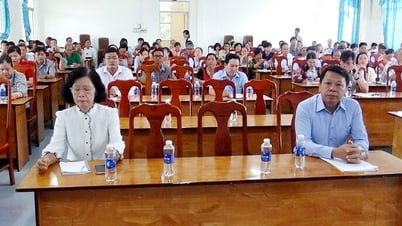
















Comment (0)